With all the use your floor receives, you want a product and installation that’s durable. Hardwood flooring is a fantastic option for its incredible lifespan, as well as its stylish, modern look. Before you dive in and purchase hardwood for your home or business, you’ll want to make sure you are well informed on the product selection available. There is a vast range of hardwood characteristics and styles that could influence your purchase and understanding each is crucial.
This article will do a deep dive into hardwood flooring and equip you with everything you need to know for your next installation project. Let’s jump in.
What is Hardwood Flooring?
Hardwood flooring is a popular type of flooring that has been utilized for centuries. Due to its impressive durability, variety of colors, and timeless beauty, hardwood is an excellent choice for homeowners seeking a refined, rustic look.
Hardwood planks are generally installed via the fitting together of tongue and groove joints and nailing, creating a long-lasting floor that can follow the lifespan of the home.
Source: thespruce.com
Characteristics of Hardwood
Hardwood is a robust flooring type that comes in a variety of shapes and sizes. Before starting your installation, you should know about the differences in characteristics and what purposes they serve. According to This Old House, hardwood can be broken down into 4 factors:
- Length
- Hardness
- Thickness
- Width
Length
Hardwood boards typically come precut between 3 and 3.5 feet. For the most seamless installation possible, prioritize using longer pieces. This limits the appearance of clunky end joints that stand out. However, if you’re installing hardwood in a small room and want it to have a larger feel, cut your pieces smaller.
Hardness
The hardness of your wood is dependent on which species of tree was used during the manufacturing process. Each species has its own level of hardness, and the harder the wood, the more durable your flooring will be. Here are the various wood types, ranked from softest to hardest:

Thickness
Hardwood floor planks come in a range of thicknesses, with common sizes being ½”, 5/8”, and ¾”. In general, the thicker your wood is, the more times it can be resurfaced and refinished. This will allow you to keep your flooring’s original appearance as long as possible. Thinner wood flooring materials can still be frequently re-coated, however.
Width
Your hardwood floor material will come in either 6” wide or 2 ¼” wide planks. Wider planks have a homier aesthetic to them, but they’re also susceptible to gapping joints in dry weather. Thinner planks have a tighter fit. You can also mix these planks to receive both looks.
Types of Hardwood Cuts
The wood grain appearance of your hardwood is dependent on which type of cut is performed during the manufacturing process. Solid hardwoods are cut by two primary methods, and each has its own distinctive patterns.
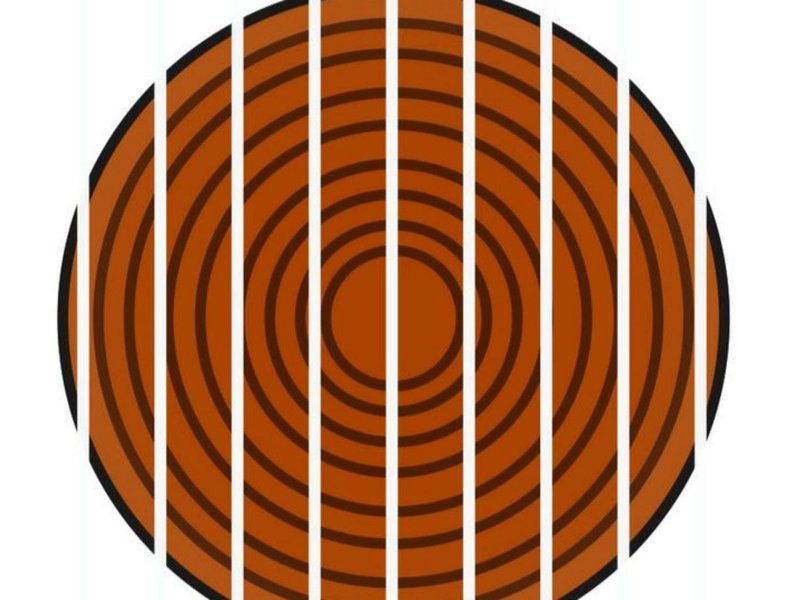
Flatsawn Boards
Flatsawn boards are sliced lengthwise, allowing the tree’s growth rings to appear parallel with the plank. This creates a wavy, flamelike pattern that’s classically found in flooring.

Quartersawn Boards
Quartersawn boards are cut out of the tree like a pie. This results in growth ring patterns that run perpendicular to the face of the plank, creating a much more even appearance. This type of cut is also more expensive.
How Hardwood Grading Works
The quality and price of your unfinished hardwood flooring are determined based on the grade of wood. The fewer the defects, the higher the grade. It’s worth mentioning, however, that different species of woods have different standards of defects, as some species naturally have many knots and a variety of colors present. Grading is broken down into three categories:
- Select: Minimal, or zero defects
- Natural: Occasional defects found throughout
- Rustic: Many obvious defects
What Are the Types of Hardwood Floors?
Not all hardwood flooring is created equal. There’s an immense variety of flooring types, with each type of hardwood flooring coming in at a different price range. Your choice will also depend on your desired application, budget, and floor appearance. Here are some options.
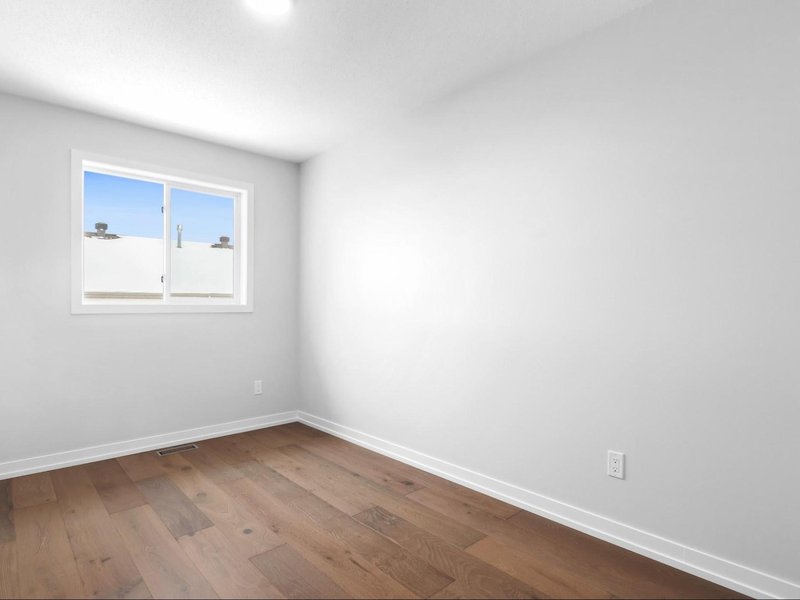
Solid
Solid hardwood is naturally cut from one solid piece of hardwood. Its existence dates back to the 1600s, but it is still a popular choice in flooring due to its authenticity, timelessness, and refinishing lifespan. The price tag is higher upfront but pays for itself over its lifetime if properly maintained.

Engineered
What is engineered hardwood flooring? Engineered flooring contains a plywood base, with a wood veneer finish on top. This veneer top allows you to have the real wood appearance of your choice while saving costs with the plywood construction beneath. It is usually a better price-point option.
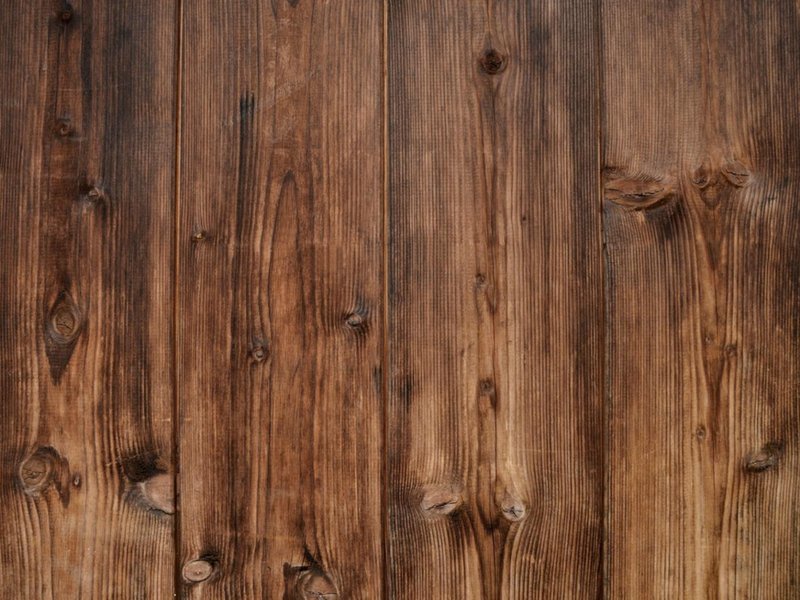
Distressed
Distressed flooring is completely authentic, weathered wood. It’ll look more rustic and used than other floor types, but this is an advantage. It also comes at a higher price tag.
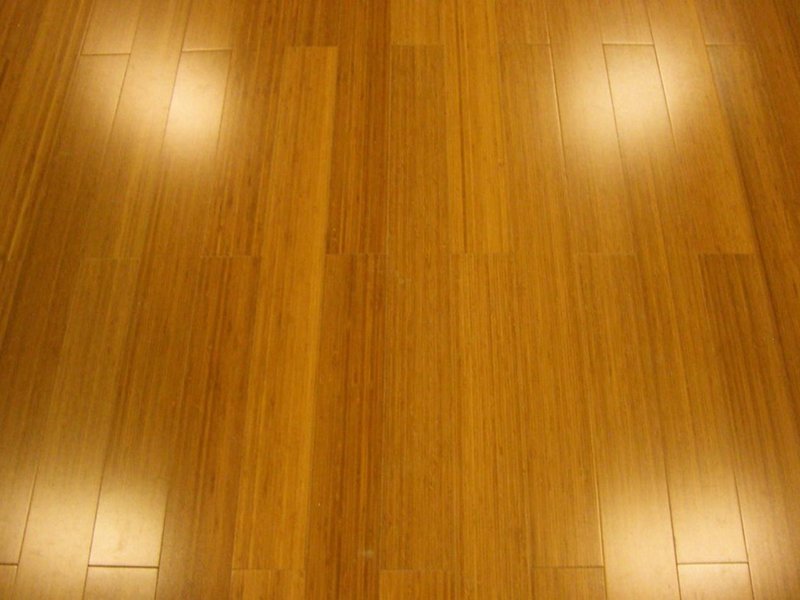
Exotic
Exotic flooring is manufactured with unique wood from all parts of the globe. It has a naturally durable hardness and a variety of eye-popping colors. It’s also an expensive option.
What Are the Different Styles of Hardwood Floors?
After you’ve determined which type of hardwood flooring you’d like to use, it’s time to choose a style. Hardwood comes in a range of design options that can be purposefully selected to match the aesthetic of the rest of your home. What is the best hardwood flooring style? Let’s look at some popular options.
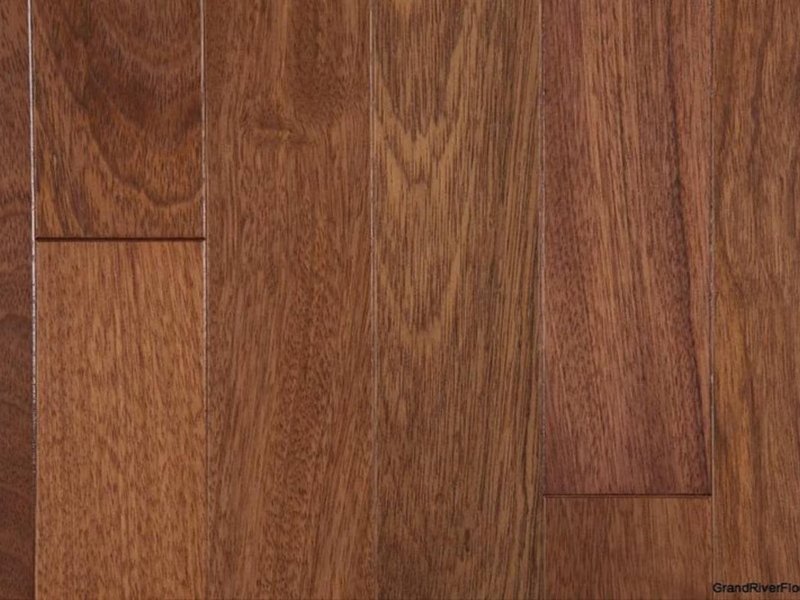
Brazilian Chestnut
An extremely hard and durable hardwood style, Brazilian chestnut is an expensive distressed wood option. It is best used in high-traffic areas like kitchens.
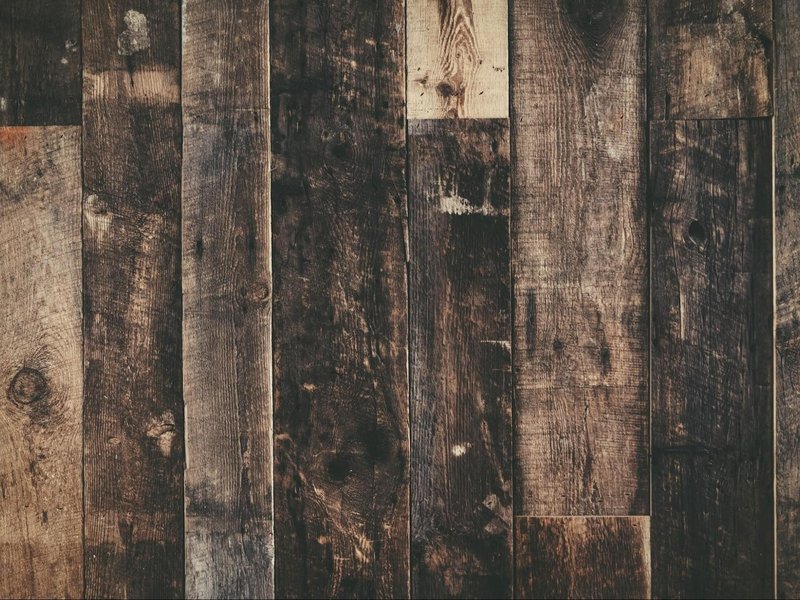
Distressed Heart Pine
This rustic, wide-planked flooring style adds charm and antiquity to any home. It’s a more expensive option as well.
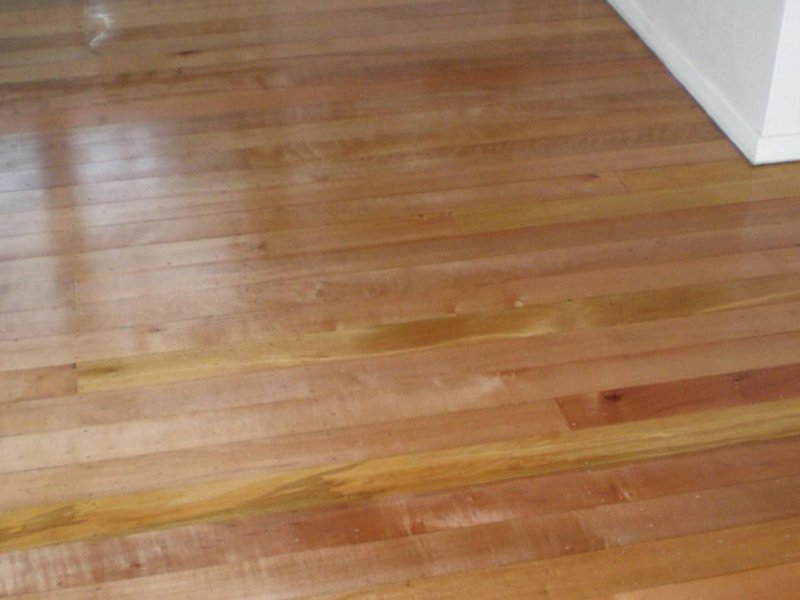
Engineered Beach
One of the lighter color options when it comes to flooring, beech engineered flooring can make a room feel larger and creates some stylish hues that are easier to match with furniture.
FAQS About Hardwood Flooring
Hardwood flooring is priced by square footage, both in materials and installation labor. Pricing varies based on the type of wood used, and whether old flooring needs to be removed by the installers.
Luckily, the physical wood has the potential to last the lifetime of your home if properly maintained. However, over time the hardwood flooring material will lose the luster and freshness it originally had. Refinishing and recoating should be undertaken regularly to mitigate this, on average every 8-12 years and 3-5 years, respectively.
Proper maintenance of your flooring involves frequent and thorough cleaning. What is the best way to clean hardwood floors? Always clean up spills immediately and take the time to sweep and vacuum regularly. The best cleaner for hardwood floors is one that’s nonabrasive and won’t stain or damage the wood. Additionally, what is the best vacuum for hardwood floors? Choose an upright vacuum that has soft bristles to match the flat contour of the floo
Your solid wood floor is best installed in rooms where foot traffic is heavy, and dirt and spills are commonplace. This can make cleaning significantly easier. The dining room, hallways, and communal living spaces are all great places for an installation. Hardwood can also be installed in bedrooms, but children may prefer a soft, carpeted floor for play.
In most homes, hardwood is most used for the living spaces and other sections that guests frequent. As mentioned, the dining room is a prime location due to its propensity to suffer food and drink-related spills. Hallways receive quite a lot of use and can suffer a build-up of dirt, making them another great use for hardwood.
Your floor wood material will have no problem standing up against minor amounts of liquid if cleaned up quickly. However, hardwood floors are not waterproof and can suffer serious damage if exposed to larger quantities. If your home were to suffer burst pipes or flooding, your floors will likely need replacing unless the water intrusion is tackled early.
One of the primary disadvantages of hardwood is its lack of comfort. This flooring can be quite hard to walk on and can also be cold in the winter months. Additionally, hardwood is more expensive than other flooring types and involves a much more difficult installation process. On top of this, hardwood is susceptible to water damage as previously mentioned.
People like hardwood for the immense stylistic value it brings to their homes. This flooring type has a luxurious appearance that has a timeless beauty. Another reason that homeowners love this flooring type is that it’s incredibly long-lasting and makes for a fantastic investment, on top of being easy to maintain.
On the surface, engineered hardwood looks identical to solid wood flooring. To determine if you have an engineered floor, pick up a piece of wood and examine it from the side. If the flooring piece is composed of a single, continuous grain, it’s solid hardwood flooring. If you notice multiple layers of wood that aren’t one cohesive piece, it’s engineered.
Carpet is not detrimental to hardwood, but it can cause damage. Inexpensive area rugs are often manufactured with synthetic materials. These materials, when placed directly on the wood flooring, can scratch and discolor it. To avoid this, you can install a rug mat. This mat will act as a barrier between your hardwood and the carpet, preventing any damage.
Acclimation is the process of allowing your solid wood flooring to adjust to the environmental conditions of your home. While the suggested acclimation time can vary depending on the type of floor wood material, most experts suggest a bare minimum of 3-5 days. If you want to ere on the side of caution, consider acclimating for up to 2 weeks.
The best way to get a high-quality piece of wood and professional installation is by contacting a reputable flooring dealer and installer. is your preferred flooring specialist, capable of providing for every need.
Depending on the size of your home, a complete hardwood installation will likely take between 1 and 3 days. On average, a 2-person installation team can install up to 1,000 square feet every day. You’ll also need to factor in the time it takes hardwood to acclimate, which can be anywhere from 3 days to 2 weeks.
How Does Hardwood Compare to Other Types
It may be tough deciding which type of flooring you’d like to install in your home. While hardwood may seem like the most obvious choice due to its authenticity, differentiating it from other floor types can be challenging. Let’s break it down and see how hardwood stacks up.
Softwood vs. Hardwood
As compared to unfinished hardwood flooring, softwood comes from coniferous tree species and is normally used in applications besides flooring.

Source: diffen.com
Carpet vs. Hardwood
While carpeting may not be as luxurious as solid hardwoods, it has its own purposes that may make it a more useful flooring type, including comfort.

Source: thespruce.com
Laminate vs. Hardwood
Laminate is an extremely affordable option that resembles hardwood but lacks the durability of the true product.

Source: thespruce.com
Engineered Hardwood vs. Hardwood
Engineered hardwood is a great alternative for those looking for a real wood appearance, without the expensive structure.

Source: forbes.com
Vinyl Flooring vs. Hardwood
Vinyl flooring can resemble the look of hardwood but is installed in a completely different way. Additionally, this flooring type has none of the properties real wood flooring does.

Source: diffen.com
Bamboo vs. Hardwood Flooring
Bamboo is primarily chosen over hardwood flooring for the unique style it provides. Most of the installation process is incredibly similar.

Source: diffen.com
Outfit Your Home with Beautiful Hardwood Flooring
No home product can add the level of luxury and function that hardwood flooring does. If you’ve been ready to make a change to your flooring, hardwood is a long-lasting solution that you’ll be able to enjoy for years ahead.
We have a beautiful selection of hardwood flooring styles sure to match any design vision and budget. Browse our complete collection today

